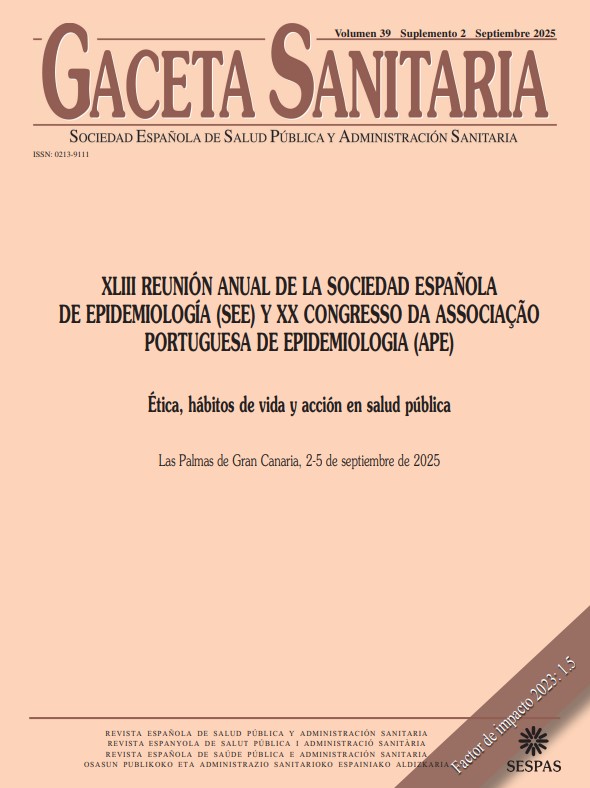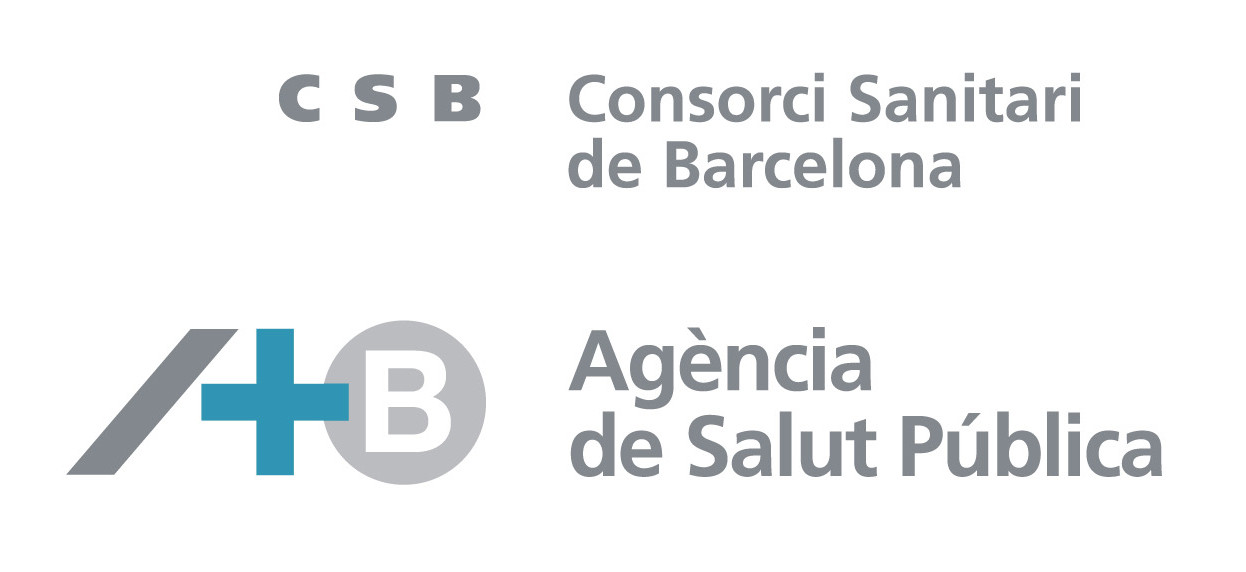999 - TAILORED SCREENING PLUS DIGITAL MAMMOGRAPHY, VS. DIGITAL MAMMOGRAPHY ALONE FOR SCREENING OF BREAST CANCER IN ASYMPTOMATIC WOMEN WITH HIGH MAMMOGRAPHIC BREAST DENSITY: A SYSTEMATIC REVIEW
Clinical Biostatistics Unit, Hospital Universitario Ramón y Cajal (IRYCIS); Clinical Biostatistics Unit, Hospital Universitario Ramón y Cajal (IRYCIS), CIBER Epidemiology and Public Health (CIBERESP); Clinical Biostatistics Unit, Hospital Ramón y Cajal; European Commission, Joint Research Centre, Ispra, Italy; European Commission, Joint Research Centre; Iberoamerican Cochrane Centre, Hospital de la Santa Creu i Sant Pau, Barcelona Institute of Biomedical Research (IIB Sant Pau), CIBER Epidemiology and Public Health (CIBERESP); Clinical Biostatistics Unit, Hospital Universitario Ramón y Cajal (IRYCIS), CIBER Epidemiology and Public Health (CIBERESP).
Background/Objectives: Women with dense breasts are at an increased risk of breast cancer, so efforts are being made to identify techniques to help in early detection. Digital mammography (DM) is the standard screening test, and magnetic resonance imaging (MRI) is a promising alternative. We aim to assess the effects of adding MRI to DM compared to DM alone in screening programs. This systematic review informs EU guidelines for breast cancer screening under the European Commission Initiative on Breast Cancer (ECIBC).
Methods: We searched in CENTRAL, EMBASE and MEDLINE up to 2023. We included randomized controlled trials and observational studies. The prioritized outcomes were breast cancer detection, interval cancer, false-positive screening results, serious adverse effects, breast cancer mortality reduction, and mastectomy rates, among others. Two reviewers independently applied the eligibility criteria and extracted data. We appraised the quality with the QUADAS-2 tool for diagnostic studies, and assessed the certainty of evidence with GRADEpro.
Results: Three studies were included. In women with high breast density and a negative mammography screening, adding MRI may increase breast cancer detection rates (1,620 more cases, 95%CI 1,284-1,993), though with low certainty. MRI may also reduce interval cancer detection (435 fewer cases, 95%CI 487-299), but it can increase false-positive screening results (7,972 to 28,522 more cases) and serious adverse effects (104 more cases, 95%CI 0-200), though the evidence is uncertain. No evidence was found for breast cancer mortality reduction or mastectomy rates.
Conclusions/Recommendations: In asymptomatic women with dense breasts, adding MRI to DM may increase breast cancer detection rates and reduce interval cancer detection, but given the additional risk of false-positives and serious adverse effects, the results should be interpreted cautiously.















